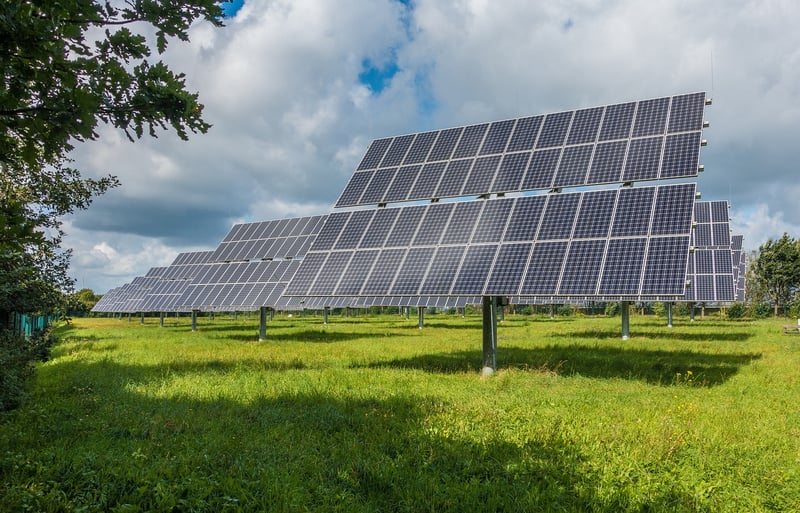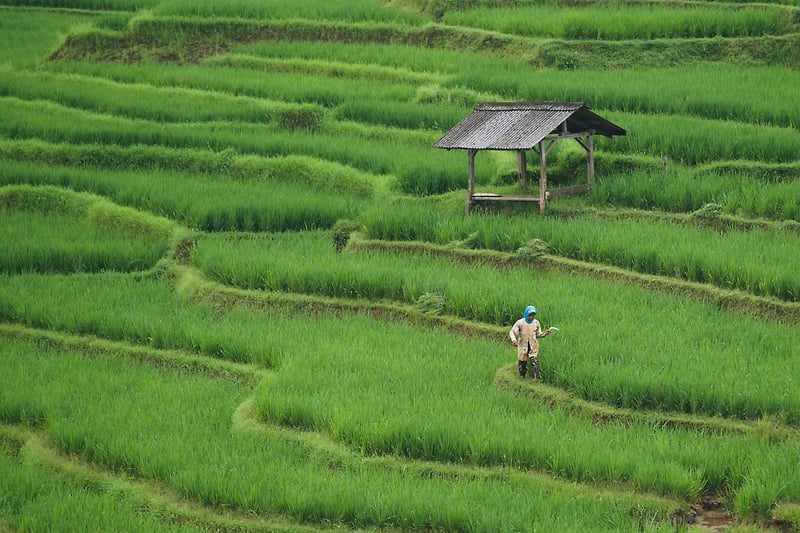Vertical Farming
The Rise of Small-scale Green Spaces and Vertical Farming
In urban environments where space is limited, the concept of small-scale green spaces and vertical farming is gaining momentum as a sustainable solution to meet the growing demand for fresh produce. This innovative approach not only beautifies the concrete jungle but also promotes environmental awareness and provides a source of locally grown, organic food.
Benefits of Small-scale Green Spaces:
- Improves air quality and reduces pollution levels
- Enhances mental well-being and reduces stress
- Creates habitats for wildlife and promotes biodiversity
- Offers a recreational space for residents in urban areas

Vertical Farming: A Sustainable Solution
Vertical farming involves cultivating crops in vertically stacked layers, utilizing controlled environments to optimize growth conditions. This method has numerous benefits, including:
- Maximizing land use efficiency
- Significantly reducing water consumption
- Minimizing the need for pesticides and herbicides
- Providing a consistent supply of fresh produce

Combining Green Spaces with Vertical Farming
By integrating small-scale green spaces with vertical farming techniques, urban areas can benefit from enhanced aesthetics, improved air quality, and access to locally grown produce. This synergy not only addresses food security concerns but also contributes to a more sustainable and eco-friendly urban landscape.
Embracing small-scale green spaces and vertical farming is a step towards creating healthier, more vibrant cities that prioritize environmental sustainability and community well-being.
Join the green revolution today and be a part of the movement towards a greener, more sustainable future!
For more information on urban gardening and sustainable practices, check out Urban Farming.
